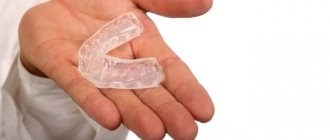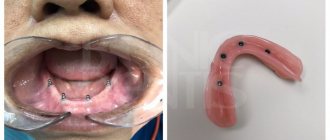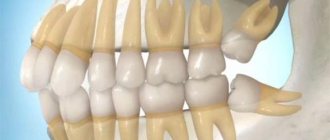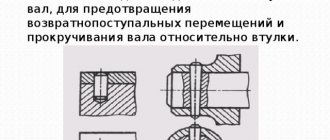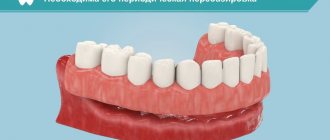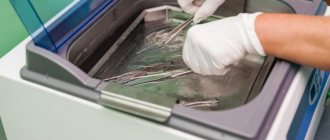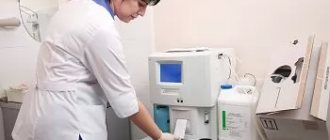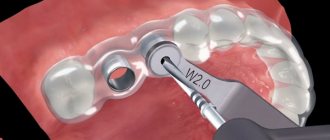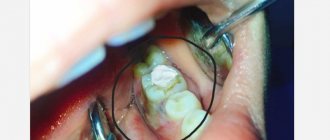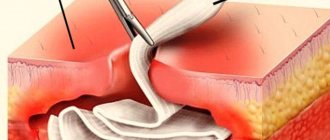From a scientific point of view
What is the meaning of the word "gutta-percha"? From a scientific point of view, this material was classified in 1843 and classified as a useful natural thermoplastic. In the second half of the 19th century, gutta percha was used for a variety of domestic and industrial purposes.
In particular, this material was needed as an insulating substance for submarine telegraph cables. Long before gutta percha was introduced into the Western world, it was used in a less processed form by the natives of the Malaysian archipelago to make knife handles, walking canes and other purposes.
The first European to discover this material was John Tradescant, who discovered it in the Far East in 1656. He called it "Mather's forest." Dr. William Montgomery, a medical officer in the Indian Service, introduced gutta-percha into practical use in the West. He was the first to recognize the potential of this material in medicine, and in 1843 he was awarded the gold medal of the Royal Society of Arts in London.
Gutta-percha filling: placement methods
- Single pin method . For filling, a pin with a diameter slightly smaller than the lumen is selected and, together with liquid filling material, is placed into the root for better bonding. Almost not used, since it effectively closes only the apical foramen.
- Vertical condensation . Pins of various sizes are inserted into the root canal one by one until it becomes impossible to do so manually. After this, a special tool is used to compact the gutta-percha filling in the vertical direction. New pins are brought into the vacated space and condensed again from top to bottom until the lumen is completely closed. The method is not very popular, since insufficient sealing and root fracture are possible.
- Lateral condensation . The most effective and popular method among dentists. As in the previous case, the canal is filled with pins and then condensed laterally, that is, an instrument is inserted and pushes the gutta-percha to the side. This method allows you to completely obstruct the canal and lateral branches, which prevents post-filling pain.
Currently, gutta-percha filling is most often installed using the lateral condensation method.
Gutta-percha tree
In Malaysia, the tree is known as "taban" and people there traditionally used the hardened sap ("hanah") to make items such as molded handles for tools and knives. This natural latex, also called gutta-percha, is a very valuable product.
Palaquium gutta trees grow 5-30 m in height and are usually up to 1.5 m in diameter. The leaves are evergreen, alternate or spirally arranged, simple, entire, about 8-25 cm long each. They are glossy green above and often yellow or bluish below.
The flowers appear in small clusters along the stems, each flower having a white corolla with four to seven (mostly six) sharp lobes. The fruit is an ovoid berry 3-7 cm in diameter, containing from one to four seeds. In many species it is edible.
In Australia, gutta-percha is the common name specifically used for the tree Excoecaria parvifolia, which produces an aromatic, heavy, dark brown wood. It is also called "northern birch". This particular species is not related to the genus Palaquium.
From a chemical point of view
What does gutta-percha mean? In the literal sense, it is made from gutta-percha. What kind of meterial is this from a chemical point of view? Its structure is a latex elastomer or a polymer made of isoprene or polyisoprene. While latex rubbers are amorphous in molecular structure, gutta-percha (transstructure) crystallizes, resulting in a stiffer consistency. Gutta-percha is an isoprene polymer that is soft when heated and can be easily cast into a variety of shapes that are precisely detailed.
Use in dentistry
The same bioinertia that made gutta-percha useful for marine cables also came in handy for medical purposes, namely dentistry. This material is used in many surgical devices and in root therapy (obturation or filling the empty space within the root of a tooth after it has undergone endodontic therapy). Its physical and chemical properties, including inertness and biocompatibility, melting point, ductility and malleability, make it important in endodontics.
Features of gutta-percha points
Gutta-percha pins in dentistry vary in size, there are large and small. They have a special number that indicates thickness. Based on the condition of the tooth and canal, the dentist determines what size and thickness of the pin to use in a particular case.
They are also divided into standard and non-standard. Some are made to ISO (International Organization for Standardization) standards, while others differ in shape - they are thicker and shorter, with a tapered tip.
Gutta-percha points consist of 20% beta-gutta-percha. The majority, about 75%, is the base of the pin, made of zinc oxide. The remaining 5% are auxiliary components: dyes, plasticizers, and also a substance due to which the pin is clearly visible on an x-ray.
Historical use
Being biologically inert and stable, this type of latex is a good electrical insulator with a high dielectric constant. Wood of many types is also valuable. The properties of gutta-percha were noticed by the Western world only in 1842, although the local Malay aborigines had been using it for many centuries. Allowing this liquid (juice) to evaporate and coagulate in the sun produces a rigid latex that can be flexible again when heated, but is not brittle, unlike rubber made before the discovery of vulcanization.
By 1845, telegraph wires insulated with gutta-percha were being produced in Great Britain. Latex served as an insulating material for early submarine telegraph cables, including the first transatlantic telegraph cable. Gutta-percha was especially suitable for this as it was not attacked by the marine plants or animals that had damaged previous submarine cables.
The material was the main component of Chatterton joint, used as an insulating sealant for telegraph and other electrical cables. Since 1930, polyethylene has replaced gutta-percha as an electrical insulator.
In the mid-19th century, gutta-percha was also used to make furniture, notably founded in 1847. When heated, the material could be molded into furniture, jewelry, or tableware. Some of these decorative Revival pieces were shown at the Great Exhibition in 1851 in Hyde Park, London.
Modern use
It was also used to make mourning jewelry because it was dark in color and could easily be molded into beads or other shapes. Pistol grips and shoulder pads were also made of gutta-percha, which gave them strength and durability. The guttie golf ball, which had a hard gutta-percha core, revolutionized the game.
This material remained the main industrial product in the twentieth century, but later began to be gradually replaced by superior synthetic materials. Despite its long history, gutta percha is still used today. Modern dentists continue to use it to fill root canals.
Advantages and disadvantages of gutta-percha points
In addition to its pliable, plastic shape, which easily allows you to completely fill the tooth canals, gutta-percha has several more advantages.
- It is well compatible biologically with dental tissues.
- It is durable and at the same time elastic.
- The material is non-toxic and hypoallergenic.
- When hardened, it takes the desired shape.
- When worn for a long time, it does not wear off, does not dissolve or break down.
- It is possible to extract material from the root canals if this becomes necessary.
- Affordable price.
- On an x-ray, you can fully see the gutta-percha pin; the photo shows all the branches of the canals, which allows the dentist to evaluate the result of the treatment and, if necessary, correct shortcomings.
Gutta-percha pins are not without their disadvantages:
- Gutta-percha does not adhere to hard tooth tissue.
- Does not have bactericidal properties.
- Difficult to install due to high ductility. The professionalism of the doctor plays a huge role in obtaining a high-quality result.
"Gutta-percha": meaning
What is this concept? So, in the literal sense, gutta-percha is made from gutta-percha (natural rubber). In a figurative sense, this word has acquired a meaning associated with flexibility and elasticity. In relation to people, this definition began to be used and became a household name after D. V. Grigorovich wrote his sad story “The Gutta-percha Boy”.
This is a tragic story about a circus boy who was said to have no bones, he was so flexible and dexterous. From now on, people who are called gutta-percha are athletes with good stretching. It is achieved through long training. The gutta-percha woman is a gymnast who can do incredible things with her body.
Vertical condensation method
This method is labor intensive. In this case, heated gutta-percha is used for filling. First, the root canals are filled with hot material. The substance in this case can be practically in a liquid state.
After this, vertical condensation of gutta-percha is carried out using a special apparatus. In this case, a minimal amount of sealer is used. The use of a hot component promotes maximum filling of voids. Filling takes place in several stages.
First, the lower third of the root is filled, then the middle third and the crown. The heated pin acquires sufficient plasticity that, when inserted into the root, it helps to fully conform to the shape of the canal with all its branches.
To apply this method, it is necessary to use special tools - pluggers. At different stages of sealant compaction, pluggers with different sizes are selected.
Gutta-percha gait
What does gutta-percha mean? This word is now quite fashionable and in youth slang means flexible, beautiful, graceful. If we recall the words from the song of the singer Bianca - “With a gutta-percha gait we walk into Iarfor (nightclub) ... “.
Here we mean not so much elastic and flexible, but soft, swaying and graceful. You can sometimes hear about a person that he or she is such a gutta-percha. It can mean flexible and sexy. Although in the past the term was associated with rubber and gymnasts, it is now also synonymous with sexuality.
